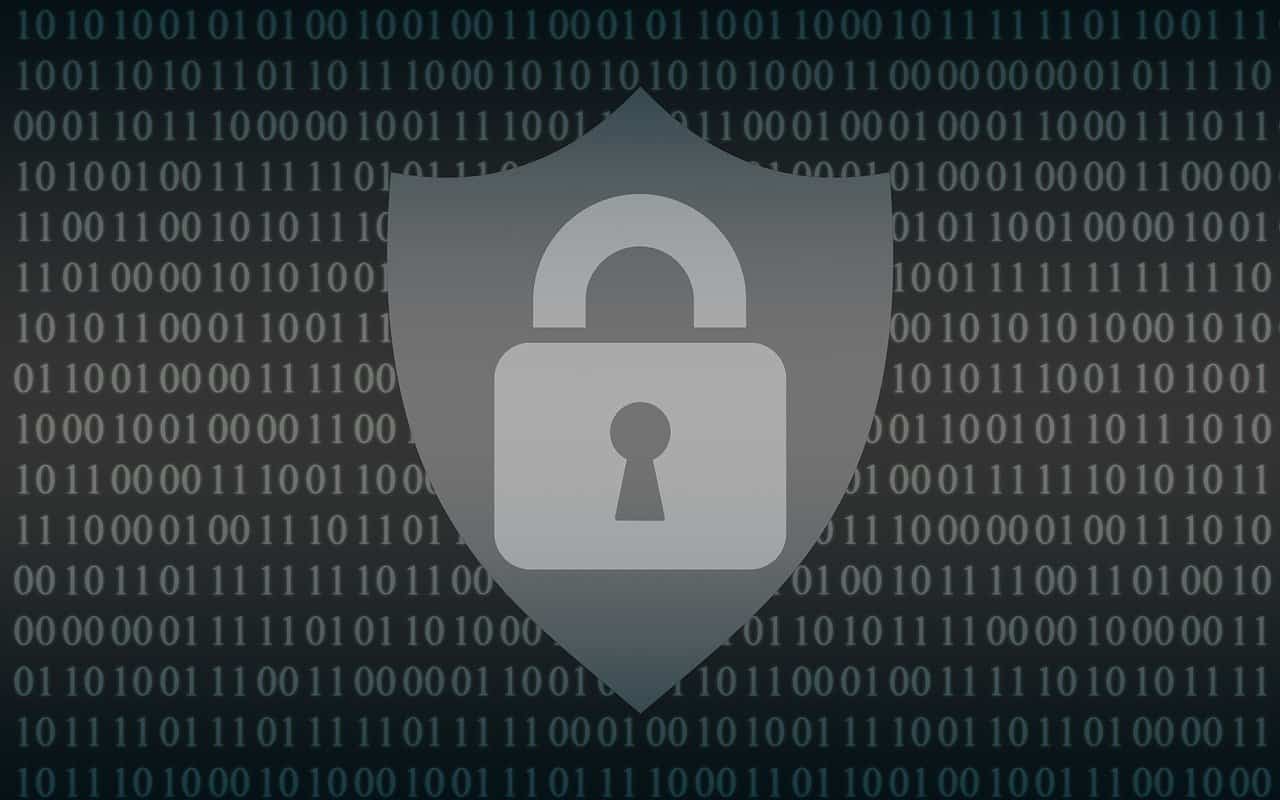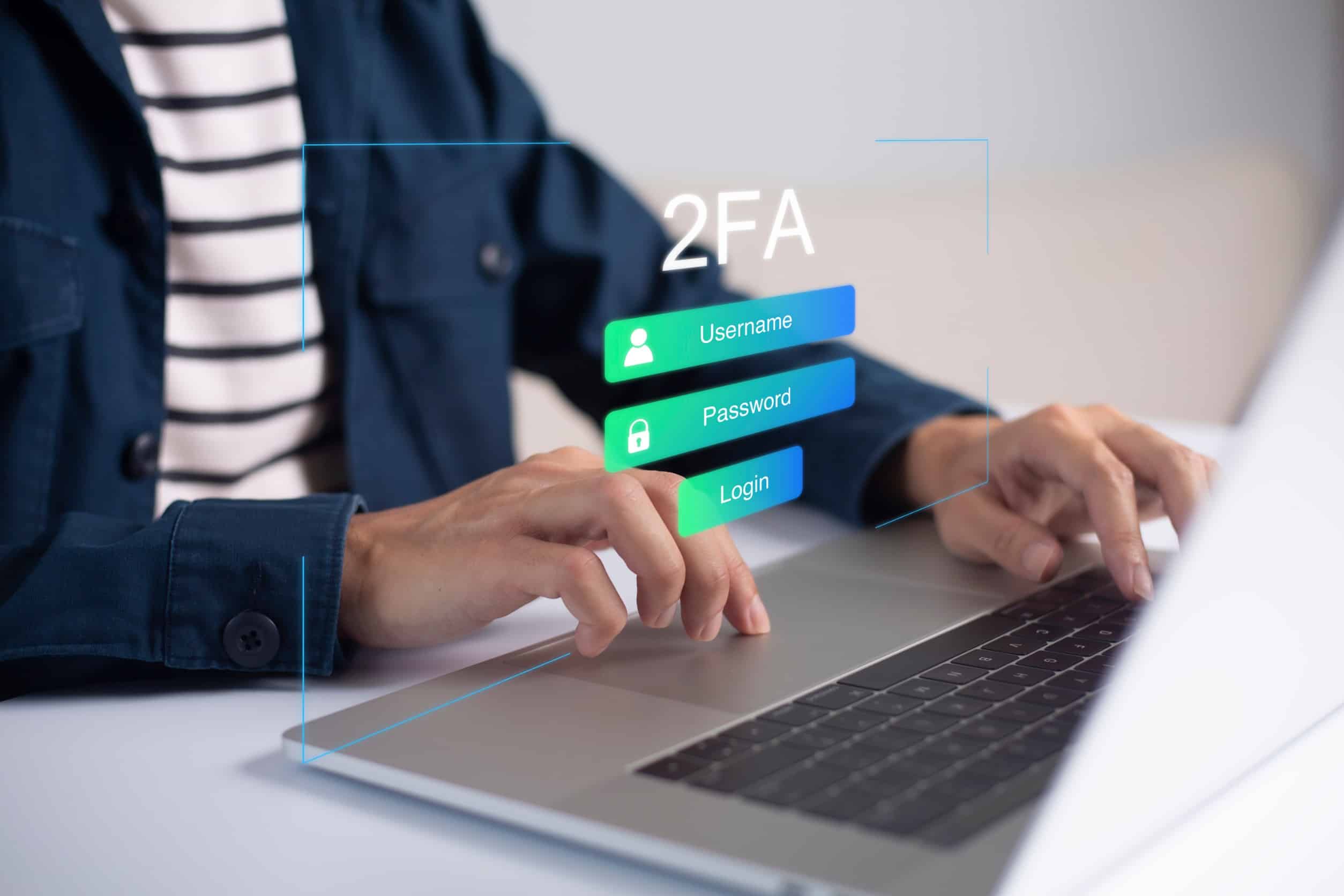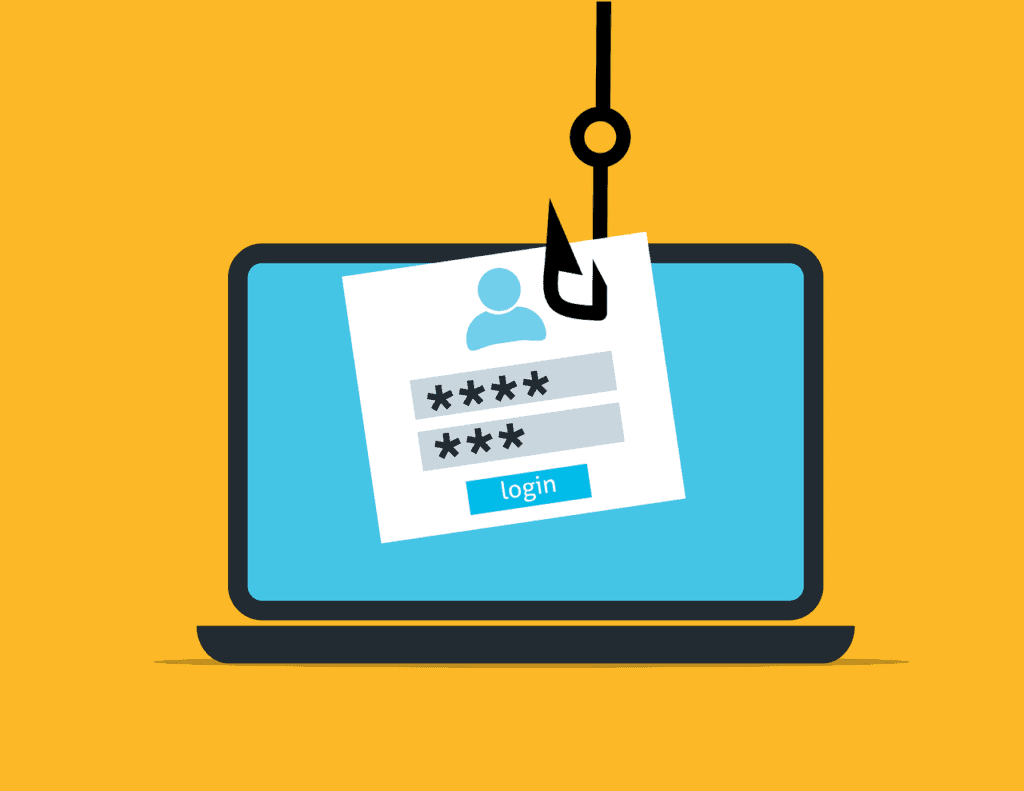Ransomware attacks are cyber threats that more and more businesses are becoming aware of. They can wreak havoc on your business, holding your data hostage until you pay a hefty ransom to get it back.
Luckily, there are strategies your business can use to help fortify its defenses and keep cyberattacks at bay.
Stay Updated and Patched
Cyber attackers often exploit vulnerabilities in outdated software to gain access to your systems. Make sure to enable automatic updates wherever possible to ensure timely patches. Regularly check for updates from software vendors and apply them promptly. Consider using patch management tools to streamline the update process across your IT infrastructure.
Conduct vulnerability assessments and penetration testing to identify and address potential weak points in your systems as well. By staying updated and patched, you close the door on many entry points that ransomware attackers may try to gain access to.
Educate Your Team
Educate your employees about the various aspects of cybersecurity, including the importance of strong, unique passwords and the use of password managers to securely store credentials.
Teach them how to recognize phishing emails, suspicious links, and attachments that could contain ransomware. Train them on best practices for securely accessing company networks, especially when working remotely or using public Wi-Fi. Make sure they understand the consequences of falling victim to a ransomware attack and the steps they should take if they suspect malicious activity.
Regular security awareness training sessions, workshops, and simulated phishing exercises can help reinforce these concepts and empower your team to be proactive in protecting your business.
Backup, Backup, Backup!
Regular data backups are a lifesaver in the event of a ransomware attack. Having reliable backups ensures that even if your systems are compromised, you can restore your data quickly and avoid paying a ransom.
Use automated backup solutions to regularly back up critical data to secure, offsite locations. Implement versioning to keep multiple copies of files and enable recovery to a specific point in time. Test your backup and recovery processes regularly to ensure they work effectively when needed. Consider using cloud-based backup services for added redundancy and accessibility.
Implement Multi-Factor Authentication (MFA)
Require employees to use MFA to access sensitive systems, applications, and data. Choose MFA methods that suit your business needs, such as SMS codes, authenticator apps, or hardware tokens. You can enforce MFA for remote access and administrative accounts to mitigate the risk of credential theft.
Make sure you monitor MFA logs for suspicious login attempts and take immediate action if anomalies are detected. MFA makes it harder for cybercriminals to compromise user accounts, reducing the risk of ransomware infiltration.
Use Strong Antivirus and Anti-Malware Software
Invest in reputable antivirus and anti-malware solutions to effectively detect and block ransomware threats. Opt for endpoint security solutions that provide real-time threat detection and proactive threat-hunting capabilities. Ensure your antivirus and anti-malware software stays up-to-date with the latest definitions and signatures to detect emerging ransomware variants.
Set up regular scans and heuristic analysis to swiftly pinpoint potential ransomware activity based on behavioral patterns. Enhance your security posture by integrating endpoint detection and response (EDR) solutions for advanced threat visibility and automated response capabilities.
Segment Your Networks
Segmenting your networks reduces the attack surface and minimizes the damage potential of ransomware infections.
To segment them effectively, start by identifying and categorizing your network assets based on their criticality and sensitivity. Implement firewalls, VLANs, and access controls to separate network segments and restrict the lateral movement of malware. Apply least privilege principles to limit user access to resources based on their roles and responsibilities. Monitor network traffic between segments for any signs of anomalous or unauthorized activity.
Employ Email Filtering and Web Protection
Use email gateways with advanced threat detection capabilities to filter out phishing emails, malicious attachments, and URLs. By proactively filtering out threats at the email and web levels, you reduce the likelihood of ransomware infiltrating your systems through these attack vectors.
Educate employees on how to identify and report suspicious emails to the IT security team for investigation. Implement web filtering solutions to block access to known malicious websites and prevent drive-by downloads of ransomware. Regularly update email and web security policies to adapt to evolving threats and improve detection rates.
Create an Incident Response Plan
Preparing for a ransomware incident involves developing a comprehensive incident response plan. A well-prepared incident response plan ensures a swift and coordinated response to ransomware attacks, minimizing downtime and data loss.
To create a strong incident response plan, start by defining roles and responsibilities for incident response team members, including IT staff, security personnel, and management. Establish communication protocols for reporting and escalating ransomware incidents internally and to external stakeholders. Document step-by-step procedures for containing the ransomware infection, mitigating its impact, and recovering affected systems. Conduct tabletop exercises and simulations to test the effectiveness of your incident response plan and identify areas for improvement.
Monitor and Analyze Network Traffic
Continuous monitoring of network traffic can help you detect ransomware activity and potential security breaches. By maintaining visibility into your network traffic, you can quickly identify and respond to ransomware threats before they cause significant damage.
Monitoring can be done by deploying intrusion detection systems (IDS) and intrusion prevention systems (IPS) to detect and block ransomware-related network traffic. Use security information and event management (SIEM) tools to aggregate and analyze log data for suspicious patterns and anomalies. Implement behavior analytics to detect abnormal user behavior that may indicate ransomware infection or insider threats. Conduct regular security audits and penetration testing to assess the effectiveness of your network monitoring controls.
Stay Informed About Emerging Threats
Cyber threats, including ransomware, are constantly evolving. Stay ahead of the curve by staying informed about the latest trends and tactics. Follow cybersecurity news sources, industry blogs, and threat intelligence reports to stay updated on emerging ransomware threats.
Participate in cybersecurity forums, webinars, and conferences to learn from experts and share insights with peers. Collaborate with industry partners, government agencies, and cybersecurity communities to share threat intelligence and best practices. Engage with cybersecurity vendors and service providers to leverage their expertise and solutions for combating ransomware.
Protecting your business against ransomware requires a multi-layered approach that combines technical controls, employee awareness, and incident preparedness. At CMIT Solutions Northwest DFW, we can help you implement just that. Contact us today to learn more about our IT services, and keep your business safe against any ransomware attacks that might try to target your business in the future.





